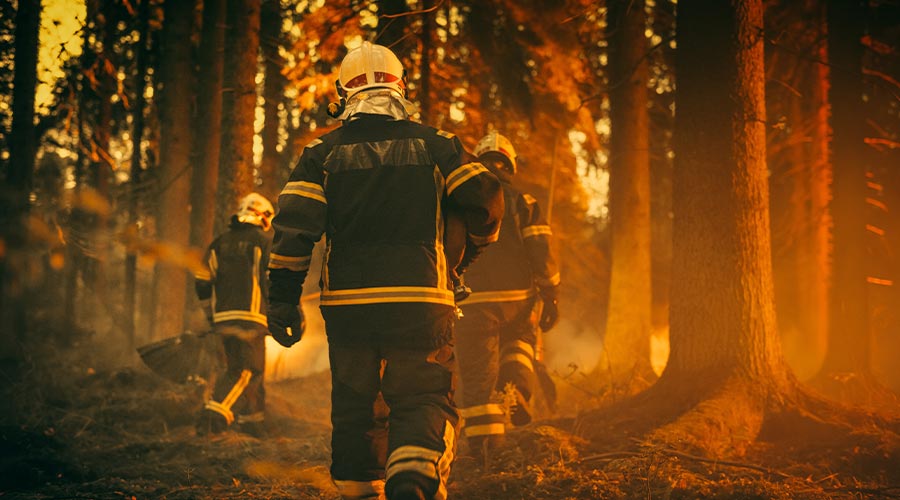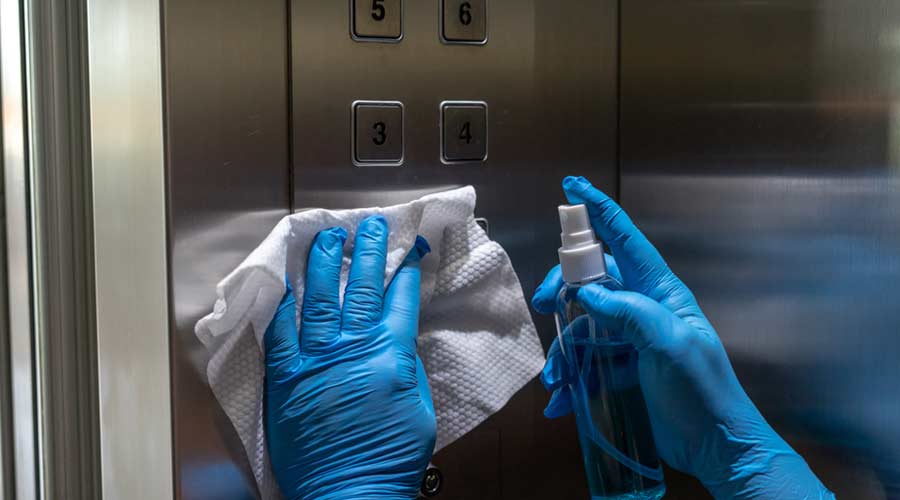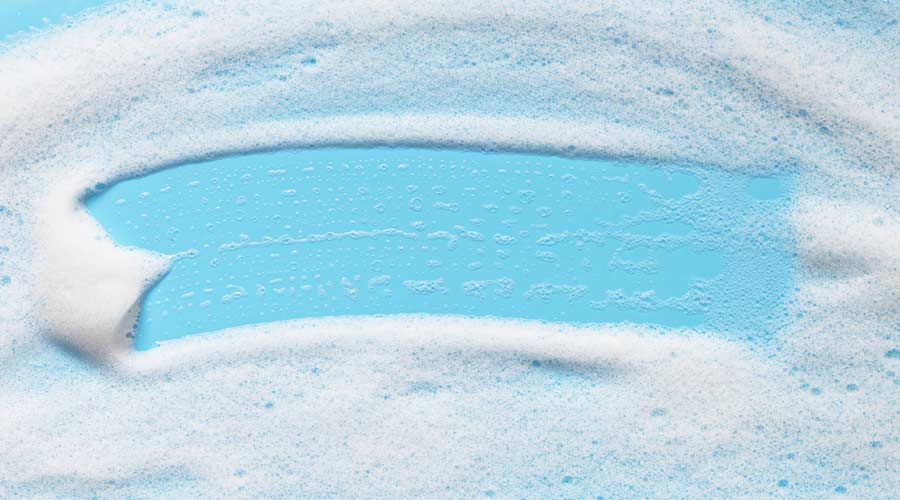
The U.S. Environmental Protection Agency has been assisting the local government and residents in the wake of catastrophic fires in Los Angeles County. EPA has been assigned by the Federal Emergency Management Agency with the first stage of the overall recovery and cleanup: the project to remove lithium-ion batteries and to survey, remove, and dispose of hazardous materials from properties burned by wildfires. Californians looking for guidance on their return home are encouraged to follow the direction of local authorities.
On January 24, 2025, President Trump issued Executive Order Emergency Measures to Provide Water Resources in California and Improve Disaster Response in Certain Areas. This directs EPA to complete its hazardous materials mission responding to the Los Angeles, California Wildfires as soon as practical. EPA’s work removing hazardous materials is Phase 1 of the federal cleanup response. According to the EPA incident commander, there will be upward of 1,000 people working on Phase 1 cleanup by this weekend. This work, conducted at no cost to residents, is a mandatory process to ensure the safety of residents and the workers who will — after the hazardous material is gone — conduct the Phase 2 debris removal in the burn footprints, and to prevent these materials from being released into the environment. Phase 2 is debris removal and will be coordinated by FEMA. Once Phase 1 has been completed at a property, Phase 2 will begin automatically.
EPA will remove potentially dangerous everyday products including household products like paints, cleaning supplies, and automotive oils, garden products such as herbicides and pesticides, batteries, including both standard and rechargeable types, and propane tanks and other pressurized gas containers. They will remove visible asbestos and inspect pressurized fuel cylinders (like propane tanks). After a fire, these products require special handling, especially if their containers are damaged. EPA field teams will also remove items thought to have asbestos if they are easy to identify, but the property will not be fully cleared until Phase 2 (debris removal).
EPA will also remove lithium-ion batteries from vehicles, homes, and other products. Many homes have damaged or destroyed lithium-ion batteries, lithium-ion battery energy storage systems, and electric and hybrid vehicles. The batteries should be considered extremely dangerous, even if they look intact. Lithium-ion batteries can spontaneously re-ignite, explode, and emit toxic gases and particulates even after the fire is out. Residents can call the EPA hotline at 1-833-798-7372 if they encounter a lithium-ion battery while re-entering their property and/or are unsure if a lithium-ion battery was damaged.
Residents are encouraged to exercise extreme caution when returning to their properties.
EPA is partnering with the U.S. Military and Department of Homeland Security to develop and execute a plan to expedite the removal of contaminated and general debris.
If residents are on their property when EPA arrives for the hazardous materials removal, the crew will not be able to conduct work at that property and will return at a later time. EPA will remove only hazardous materials, by hand, and will not remove any non-hazardous materials. If crews find objects of value, EPA will contact local law enforcement to track and remove the objects for safekeeping.
EPA has secured temporary storage, or staging, locations for materials from each fire site. Removed hazardous waste materials are brought into these staging areas daily, processed into appropriate waste streams, and packaged for shipment and proper disposal.
This guidance has been previously shared with impacted communities.
Click here to read guidance on Phase 1: Hazardous Material Removal.
Click here to read guidance on Lithium-ion Batteries.

 The Down and Dirty on Cleaning in Virus Season
The Down and Dirty on Cleaning in Virus Season How Surfactant Use is Expanding in Commercial Cleaning
How Surfactant Use is Expanding in Commercial Cleaning